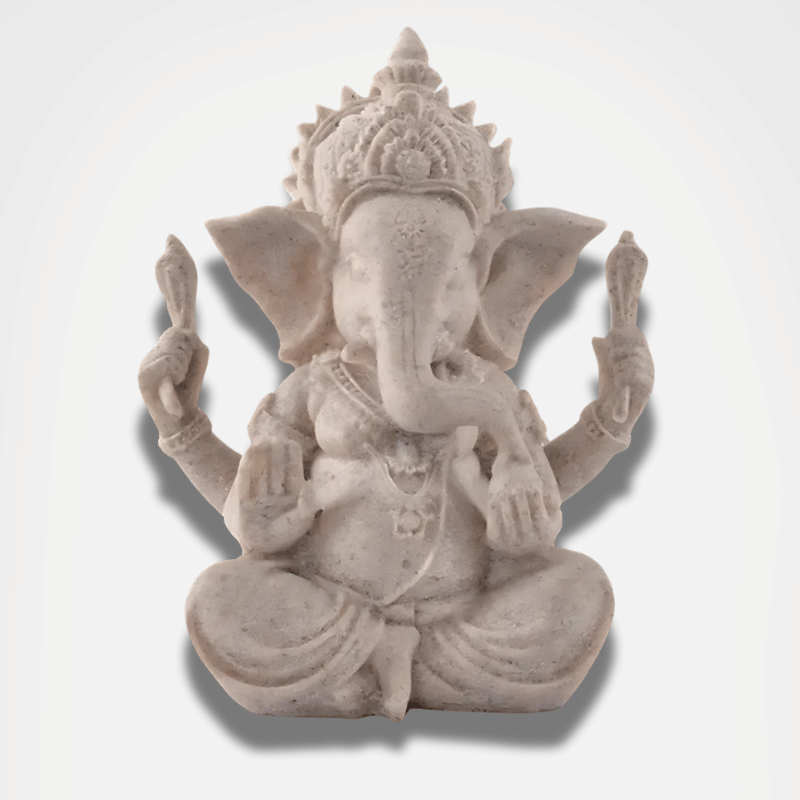What is the place of worship of Buddhism?
Place of worship of Buddhism: discovery and importance
Buddhist temples
Buddhist temples are at the heart of religious practice in Buddhism. They serve as places of worship, meditation and study. These temples are sacred shrines where Buddhists gather to worship the teachings of the Buddha.
Inside a Buddhist temple, you will often find a statue of the Buddha in a seated position, as a sign of meditation. Worshipers prostrate themselves before the statue and offer flowers, incense and candles as a sign of devotion.
Architecture of Buddhist temples
Buddhist temples feature unique architecture and are designed to facilitate meditation and contemplation. Clean lines, calming colors and open spaces create an atmosphere conducive to concentration.
Temples are often located in peaceful locations, surrounded by Zen gardens and natural landscapes. The bells and drums used during the ceremonies create a meditative soundscape.
Buddhist temples are also known for their murals and sculptures depicting scenes from the life of the Buddha and Buddhist teachings.
Importance of rituals in temples
Buddhist temples are where Buddhists practice rituals to connect spiritually and purify themselves. This may include prayers, offerings, incantations and group meditations.
Buddhist rituals may also include cleansing ceremonies such as sprinkling holy water or lighting special candles to drive away evil spirits and negative energies.
Buddhist temples are therefore sacred places where rituals are practiced to promote inner peace, compassion and spiritual awakening.
Buddhist monasteries
Monasteries are places of community life for Buddhist monks and nuns. They are often located away from urban hustle and bustle, in peaceful places conducive to meditation and contemplation.
Buddhist monasteries are home to monks and nuns who devote themselves to full-time Buddhist practice, renouncing material pleasures and devoting themselves to the search for spiritual awakening.
Role of monks and nuns in monasteries
Buddhist monks and nuns live under strict discipline and follow the moral precepts of Buddhism. They are responsible for preserving the teachings of the Buddha and transmitting Buddhist wisdom to devotees.
At Buddhist monasteries, monks and nuns spend much of their day in meditation, studying Buddhist scriptures, and doing community service.
Monasteries also serve as centers of education where monks and nuns teach Buddhist principles to those who wish to deepen their understanding of Buddhist philosophy.
Spiritual retreats in monasteries
Buddhist monasteries offer spiritual retreats for those seeking to deepen their Buddhist practice and find inner peace. These retreats provide an environment conducive to meditation and reflection, away from the distractions of the outside world.
During the retreats, participants follow a strict schedule that includes meditation, Buddhist teachings, crafts, and silent meals. It is an opportunity to detach yourself from daily stress and reconnect with your inner self.
Spiritual retreats at Buddhist monasteries are extremely popular and attract people from all walks of life looking to find tranquility and serenity.
Buddhist stupas
Stupas are domed Buddhist structures that serve as places of worship and meditation. They often consist of a central dome containing relics of the Buddha or other revered figures of Buddhism.
Stupas are considered symbols of the Buddha's teaching and spiritual awakening. They are usually surrounded by peaceful gardens and are important pilgrimage points for Buddhists.
Symbolism of Buddhist stupas
Buddhist stupas are richly decorated with Buddhist symbols and sacred motifs. Every element of their design has deep spiritual meaning.
For example, the dome represents the universe, the square base symbolizes the four elements (earth, water, fire, air) and the central column represents the axis of the world.
The stupas are also decorated with sculptures and paintings depicting scenes from the Buddha's awakening and Buddhist teachings.
Pilgrimages to Buddhist stupas
Buddhists often make pilgrimages to stupas to strengthen their spiritual practice and show their devotion. They go around the stupa clockwise, reciting prayers and mantras.
These pilgrimages offer Buddhists an opportunity to connect with their faith, meditate and reflect on the teachings of the Buddha. Stupas are sacred places that inspire piety and reflection.
In conclusion, Buddhist temples, monasteries and stupas all play an essential role in Buddhism. These places of worship provide Buddhists with sacred spaces to practice their faith, meditate, connect with their inner self, and cultivate compassion and spiritual awakening.















































